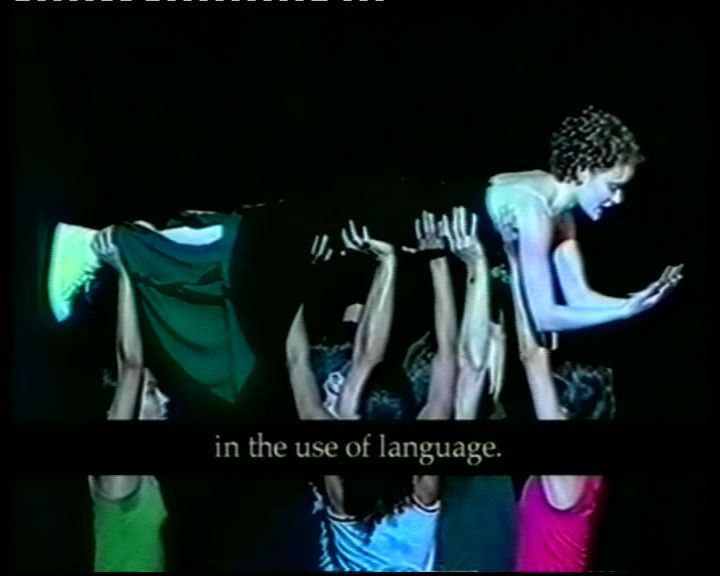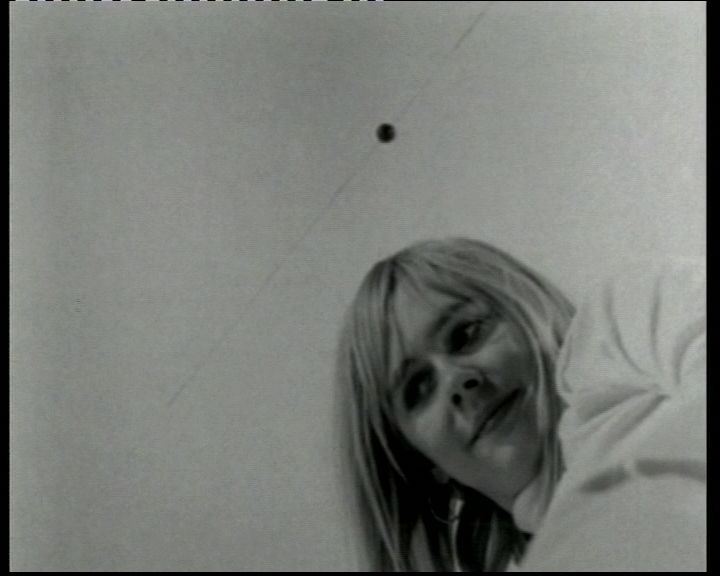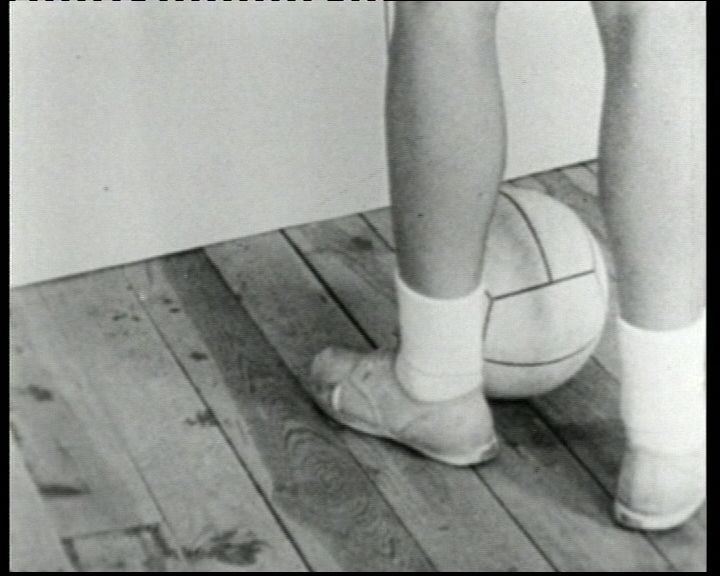Yvonne Rainer
Dancer, choreographer, performer, filmmaker, and theorist. There are few roles that Yvonne Rainer, a key figure in the history of New York avant-garde movements, has not filled, thanks to the importance of her writings and artistic practice. Following her early acting studies in San Francisco, she moved to New York where she attended dance courses at Martha Graham’s school and classes held by Merce Cunningham. With a somewhat informal group of dancers and performers she founded the Judson Dance Theater, which was soon to become one of the epicenters of the New York experimental dance scene.
Rainer created her first choreographies in 1961 and her first films between 1966 and 1967, defining them as “filmed choreographic exercises.” In the seventies, she began making full-length films, and during her career she has produced twelve films, including the first silent full-length films made for multi-medial performances. The point of interest represented by her transition from dance to experimental cinema has an historical antecedent in experimental filmmakers of the forties and fifties who dedicated their works to the analogies between dance and cinema as “kinetic” artistic forms par excellence. References to cinema already had a defined presence in her choreographic work, highlighted by the use of projections and, successively, filmic citations. Dance and cinema find themselves profoundly linked thanks to the intense critical effort developed regarding the conventions of the respective disciplines and through a radical questioning of the very role of performance itself. The importance of performance is the central element throughout her oeuvre: in all of her films, it is both an essential aspect and characterizing motif.
The changes made to her choreographic work led her to abandon the sphere of contemporary dance, considered elitist and self-referential, in the desire to describe social and intimate relationships. This interest in emotions can also be interpreted as a reaction to the new Minimalist tradition and to John Cage, who influenced her choreography during the sixties. [F.B.]
List of Works
Five Easy Pieces, 1966
transferred from 16 mm film, black and white, silent, 48 min.
Purchased with the contribution of the Compagnia di San Paolo
Hand Movie
transferred from 16 mm film, black and white, silent, 5 min.
A close-up of a hand whose fingers depict a sensual dance.
Volleyball
transferred from 16 mm film, black and white, silent, 10 min.
A volleyball enters the image and comes to a stop. Two legs wearing gym shoes, seen from the knees down, enter the shot and stop. These same actions are repeated from a different viewing point.
Rhode Island Red
transferred from 16 mm film, black and white, silent, 10 min.
Ten minutes filming an enormous chicken farm.
Trio Film
transferred from 16 mm film, black and white, silent, 13 min.
A man and a woman, both naked, interact by using a big ball in a large white space.
Line
transferred from 16 mm film, black and white, silent, 10 min.
A blond woman wearing white pants and a sweater interacts with the camera and a round, mobile object.
Trio A, 1978
transferred from 16 mm film, black and white, sound, 10 min. 30 sec.
Purchased with the contribution of the Compagnia di San Paolo
Made in 1965, this choreographic composition initially consisted in a sequence of movements lasting 4 ½ minutes. It was first presented as part of the event The Mind is a Muscle, Part I held at Judson Church in January 1966. At that time it was interpreted “simultaneously but not in unison” by Yvonne Rainer, David Gordon, and Steve Paxton. In 1978, five years after she had stopped interpreting it, Rainer once again performed it at the studio of Merce Cunningham for a 16 mm film.
After Many a Summer Dies the Swan: Hybrid, 2002
video, color, sound, 31 min.
Purchased with the contribution of the Compagnia di San Paolo
At the beginning of 2000 the Barišnikov Dance Foundation commissioned Yvonne Rainer with a dance piece for the White Oak Dance Project. Titled After Many a Summer Dies the Swan: Hybrid, from the novel of the same name written in 1939 by Aldous Huxley, the piece focuses on a story set in Hollywood. The choreography contains configurations of various movements, sentences taken from the last words of famous personalities on their deathbeds, and visual and literary material dedicated to late nineteenth-century Vienna. The work is developed as an elegiac meditation on the transience of time and involves a cameo appearance by Michail Barišnikov, Director of the White Oak Company.




